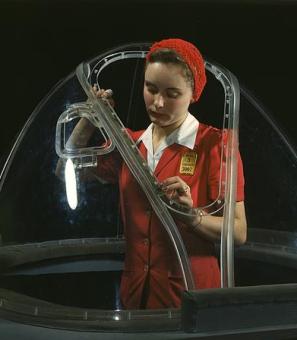The Lesser-Known National Aquarium — and How 5 Alligators Ended Up in the Basement of the Commerce Building
Since opening in 1981, the National Aquarium in Baltimore has proved a popular tourist destination, an educational excursion, and a great refuge from the heat in summer months.
Many people don’t know, however, that there was a smaller, more modest National Aquarium in D.C. for years before the one in Baltimore popped up.
Those who recall the original National Aquarium will remember it as a dark, tiny exhibit tucked away in the basement of a gigantic government building. But how exactly did this little-known Washington spot end up on the lowest floor of the Department of Commerce—today known as the Herbert C. Hoover building—on 14th St NW?
The history of D.C.’s National Aquarium traces all the way back to 1873, when the Federal Fish Commission worked with various fisheries and hatcheries in Massachusetts to research and preserve the country’s depleting fish supply. In 1878, the Commission moved its efforts to the capital, bringing knowledge of aquariums and “aquaculture” to the area surrounding the Washington Monument. And after the Commission became the Bureau of Fisheries—a part of the Department of Commerce—in 1903, its offices moved to 6th St SW, where a small aquarium and hatchery were set up.[1]
For many years, this building was the home of some quirky freshwater animals. Day in and day out, they swam around contentedly in their tanks and lounged lazily on their rocks, greeting the occasional government employee who visited and studied them. There was Oscar, the old turtle, who had been with the bureau for 50 years. There was also Spencer, the five-foot-long sturgeon who had come to the bureau as a minnow. Ever since he survived a scary incident involving chlorine in the city water supply, Spencer had been the celebrity of the aquarium—the “king of the fish.”[2]
As lovely as it was, there were dreams of transforming this little aquarium into a grander, more elaborate national aquarium, which would not only serve as a tourist attraction, but also as an embodiment of “the aquatic resources of the United States and its insular possessions.”[3]
And with the completion of a new building for the Department of Commerce in 1931, this vision could become reality. Taking up three city squares on 14th St NW, costing $17,500,000 to build, and soon housing almost every bureau of the department under one roof, the beautiful Department of Commerce building was considered one of the largest office buildings in the world.[4] It also included an extravagant aquarium space in its basement, where the Bureau of Fisheries planned to move its fish.
Oscar, Spencer, and their 123 aquatic friends were certainly in for a treat: their new home was state-of-the-art. Boasting 40 large freshwater tanks, three small floor tanks, and terrazzo marble floors and walls, the aquarium would surely be a public spectacle of national importance.[5]
The big move was scheduled to begin at 8:00 a.m. on January 1, 1932.[6] But right before that happened, the Bureau of Fisheries learned that their fancy new aquarium would cost roughly $10,000 each year to maintain.
The bureau and its commissioner, Henry O’Malley, desperately sought an appropriation from the government to cover the cost of the aquarium’s upkeep. To the commissioner’s dismay, the Commerce Department sternly denied all of the bureau’s requests for funding, claiming that they didn’t have the budget to maintain the aquarium in the present economic climate. Budget concerns weren’t surprising. It was the Depression, after all.
Dismayed, the bureau halted its arrangements to move the aquarium into the new building. On December 29, 1931—just days before the fish were scheduled to move—a headline in The Evening Star read, “FISH FACE LOSS OF HOMES THROUGH GOVERNMENT THRIFT.” The article’s first line described the bureau’s plan:
Rather than allow the fish, including the famous 35-year-old sturgeon ‘Spencer,’ in the aquarium to face starvation, Bureau of Fisheries officials today said they were preparing to throw hundreds of rare specimens into the Potomac River unless an appropriation is obtained for the aquarium upkeep of $10,000.”[7]
When January 1, 1932 came around, the fish were left behind in their old tanks on 6th St. There they would stay for several more weeks, fates unknown.[8]
Bureau officials were not the only ones upset by the aquarium’s precarious status. As soon as the public heard that the fish were in danger of being thrown into the Potomac, letters and phone calls came pouring in. Many were from children, who offered to help care for the fish or take them home. Several people quickly offered to rescue Spencer the sturgeon, who was “splashing around in his tank at the bureau’s old aquarium, proud of the fact that his service to the Government [had] been fully appreciated by his public.” The Evening Star reported:
…15 Washingtonians during the past two weeks have attempted to legally adopt the old fish. Rich and poor have flocked to Spencer’s aid, each bringing along a large milk container to transport the fish from its pool [directly] to the homes.”[9]
And if that weren’t enough, the President of the United States was also dissatisfied by the state of the aquarium. When he toured the new Department of Commerce building in early January, President Herbert Hoover showed “unusual interest” in the empty basement aquarium. He and his party were “disappointed that the various glass tanks and pools did not yet contain fish.” The president also sharply asked the Secretary of Commerce, “Will there not be more light down here?” The secretary was at a loss for words.[10]
Perhaps due to such increased pressure, several members of Congress pushed for a hearing at the Budget Bureau in mid-January to reconsider the issue.[11] One month later, on February 18, Congress officially approved the appropriation from the Commerce Department’s budget. The funds would help manage the aquarium space, hire an expert aquarium staff, and ensure that the animals were fed.[12]
Finally, it was time for the fish to move in!
Right away, the Bureau of Fisheries contacted various other aquariums and hatcheries across the country, inviting them to send their best species to the National Aquarium, as it was now called, in D.C. They anticipated at least 400 fish “of all colors of the rainbow” to fill the tanks in the basement space, and Commissioner O’Malley ordered that every tank be “prepared with marine growth decorations to make each fish feel at home.”[13]
On March 1, 1932, the first group of fish arrived. Hailing from Chicago, these fish came with their curator, Fred G. Orsinger, who would eventually become the aquarium’s first director.[14] And as soon as the Chicago fish were safely moved in, the call was made to the 6th St aquarium: bring Spencer and his friends to the Department of Commerce![15]
Spencer arrived the following day, followed by a large crowd of fans and photographers. People were thrilled to finally see the sturgeon brought to the exhibit, and they watched ecstatically as he was placed into his giant, specially-installed tank:
Into the huge new tank splashed the big fish. He wriggled up his nose, gave his back fins a couple of flips and around the bevel glassed inclosure he sailed. Soon he put on brakes and sluggishly settled down comfortably on the sand floor.”
Spencer attracted 4,000 visitors that day. Within hours, the other fish from his old quarters were swimming alongside their new Chicagoan companions; notably, Spencer’s tank was placed right next to that of a nervous, quill-back buffalo fish named Nellie.[16]
More and more creatures arrived in the coming weeks. A long-whiskered catfish journeyed from Mississippi; a number of bullfrogs came from Louisiana; and a celebrated black fish travelled 5,000 miles from Alaska.[17] There were bizarre fish, like mud puppies; fish with complicated names, like the Scardinius Erythrophthalmus;[18] and mysterious, carnivorous fish, like one species that had been discovered by President Roosevelt during a trip to South America.[19] Officials even found Spencer a girlfriend, named Ruby.[20]
And, of course, we must not forget about Oscar, the old turtle. According to one publication, the “faithful old Federalist… striving for 100 years of active duty” moved into his tank in mid-March, sharing his space with six small turtles and five alligators. Oscar was given a bath promptly upon arrival, and was glad to be reunited with his good friend, Spencer.[21]
The National Aquarium was wildly popular. Tourists examined the fish in awe, schoolchildren came in droves during class field trips, and the Bureau of Fisheries continued to study their animals. During the Easter holidays in the year it opened, the National Aquarium saw approximately 20,000 guests—and that number would’ve been higher had the exhibit been open on Easter Sunday.[22] By the 1950s, an estimated 200,000 people visited the aquarium each year.
D.C.’s aquatic attraction reliably brought smiles to people’s faces until the 1960s. But in the coming decades, a multitude of museums opened up in the D.C. area.[23] The National Aquarium, which suddenly appeared tiny and outdated, couldn’t compete. Its tanks became corroded by salt; its poor lighting strained visitors’ eyes; and its once-beautiful marble walls and vaulted ceilings were plastered over with drywall and tiles.[24]
Then, in the late 1970s, construction began on the Baltimore Aquarium. In 1979, Congress recognized the Baltimore destination as a “national” institution, and its name changed to the National Aquarium—effectively overshadowing its original D.C. counterpart even before it opened in 1981.
Soon, D.C.’s facility lost its federal funding. It remained alive a while longer, though, thanks to the formation of the National Aquarium Society, a nonprofit organization. It also partnered and merged with the Baltimore facility in 2003, forming one National Aquarium with two locations.
Nevertheless, the D.C. location inevitably closed its doors in 2013 during renovations to the Department of Commerce building, while the Baltimore location remained open. Don’t worry, though—this time, the D.C. fish were not threatened with being thrown into the Potomac. All of the animals were safely moved over to Baltimore’s National Aquarium.[25]
Over time, Washington’s humble aquarium has floated out of the public’s memories, outshined by the glamorous new institution in Baltimore. But some remember the original National Aquarium as a true D.C. treasure, with all its antiquated architecture, scratched glass, and odd fish that once made people very happy.
Footnotes
- ^ National Aquarium Newsroom, "Overview & History," National Aquarium Newsroom, archived from June 6, 2012, https://web.archive.org/web/20120606153124/http://news.aqua.org/fact-sheets/overview-history/; "The New Aquarium," The Evening Star (Washington, DC), March 9, 1889, 9.
- ^ "Many Offer Fish Home," The Evening Star (Washington, DC), January 14, 1932, B-1; "Rare Fish Coming for New Aquarium," The Evening Star (Washington, DC), February 17, 1932, B-1.
- ^ "National Fish Pond Here," The Washington Post (Washington, DC), December 20, 1903, E-1.
- ^ "New Commerce Building Will Be Occupied Jan. 1," The Evening Star (Washington, DC), July 29, 1931, B-1.
- ^ "Fish Face Loss of Homes through Government Thrift," The Evening Star (Washington, DC), 1.
- ^ "Commerce Force to Begin Moving," The Evening Star (Washington, DC), December 20, 1931, B-3.
- ^ "Fish Face," 1.
- ^ "Commerce Moving Task Under Way," The Evening Star (Washington, DC), December 29, 1931, B-1.
- ^ "Many Offer," B-1.
- ^ "Inspects Commerce Site," The Evening Star (Washington, DC), January 3, 1932, A-2.
- ^ "Many Offer," B-1.
- ^ "Congress Provides $10,000 For Commerce Aquarium," The Washington Post (Washington, DC), February 18, 1932, 13.
- ^ "Rare Fish," B-1.
- ^ "Commerce Aquarium Gets 'Jumbo,' Largest Bullfrog," The Washington Post (Washington, DC), May 28, 1932, 20.
- ^ "Fish for Commerce Aquarium Arrive," The Evening Star (Washington, DC), March 1, 1932, A-5.
- ^ "Spencer in His New Home," The Evening Star (Washington, DC), March 2, 1932, B-1.
- ^ "Rare Fish," B-1.
- ^ "Fisheries Chief Gets Jaw-ache on New Guest's Name," The Evening Star (Washington, DC), March 13, 1932, B-1.
- ^ "Strange Fish Put In Commercial Pool," The Washington Post (Washington, DC), April 1, 1932, 20.
- ^ "20,000 Pay Easter Visit to Aquarium," The Evening Star (Washington, DC), April 4, 1932, A-5.
- ^ "Oscar, 51 Years in U.S. Service, Is 'Promoted' to New Quarters," The Evening Star (Washington, DC), March 23, 1932, B-1.
- ^ "20,000 Pay Easter," A-5.
- ^ John Kelly, "Tanks for the memories: Answer Man checks out the original National Aquarium," The Washington Post (Washington, DC), November 25, 2017.
- ^ Annys Shin, "Underwater Dive," Washington City Paper, last modified January 5, 2001, https://www.washingtoncitypaper.com/news/article/13021408/underwater-dive.
- ^ Kelly, "Tanks for the memories”; National Aquarium Newsroom, "Overview & History," National Aquarium Newsroom.


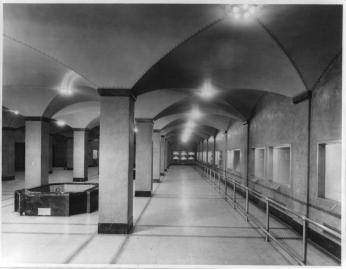
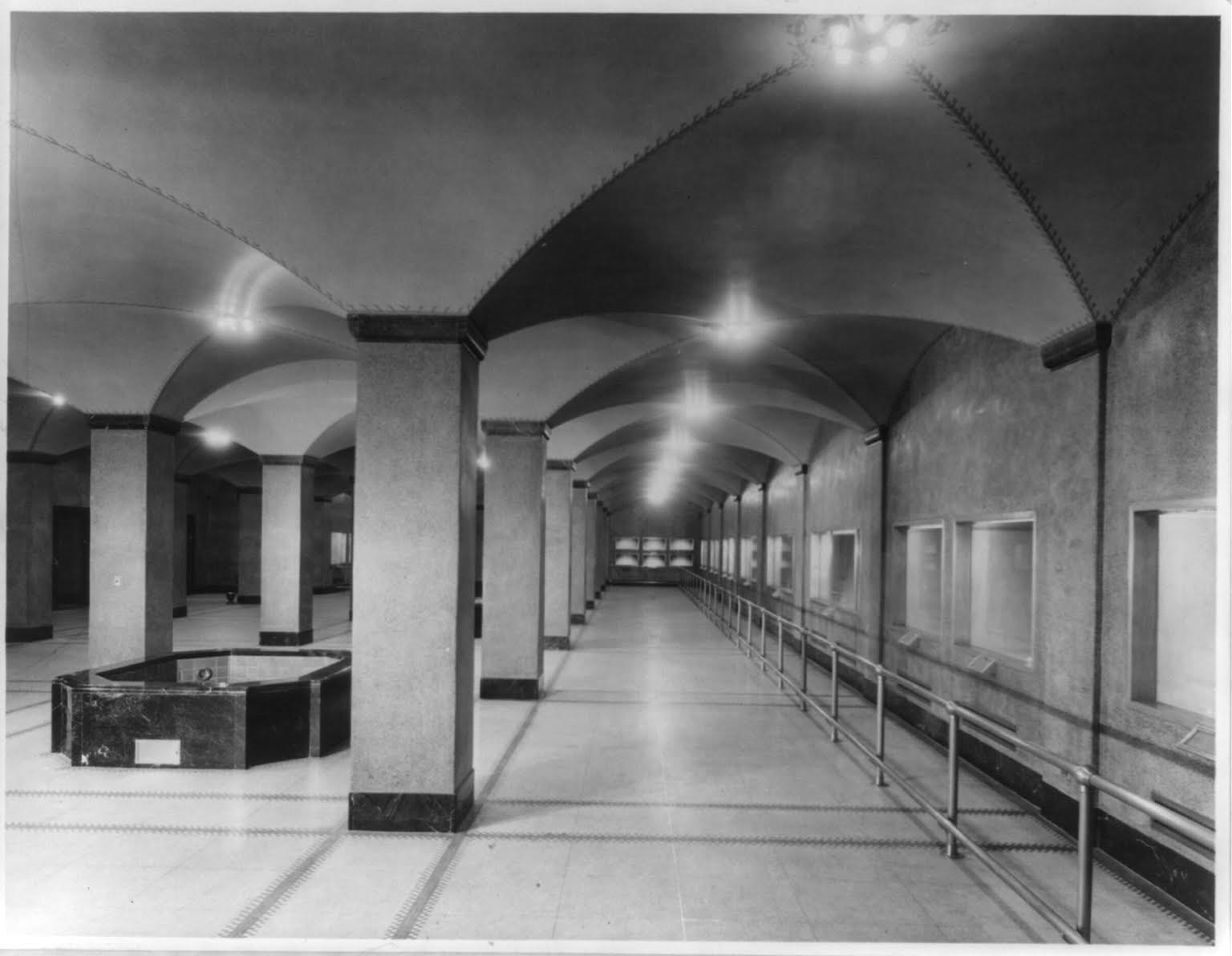
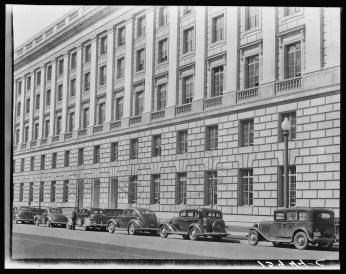
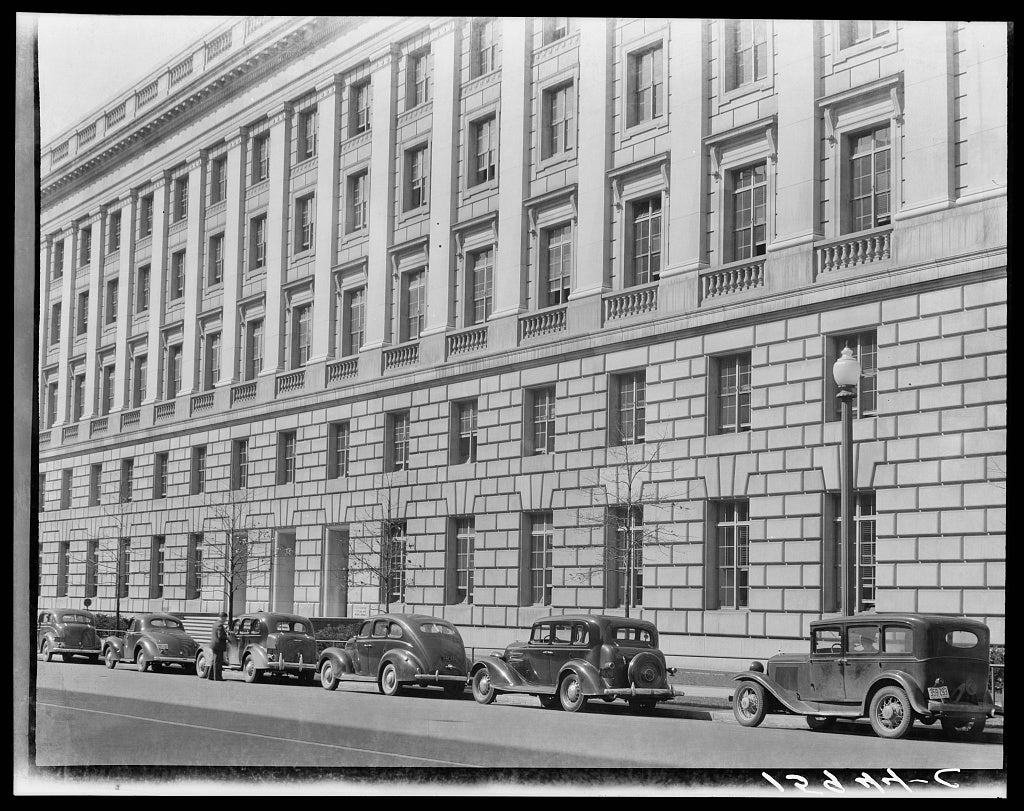


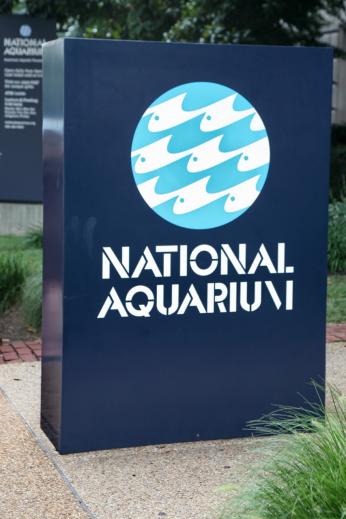
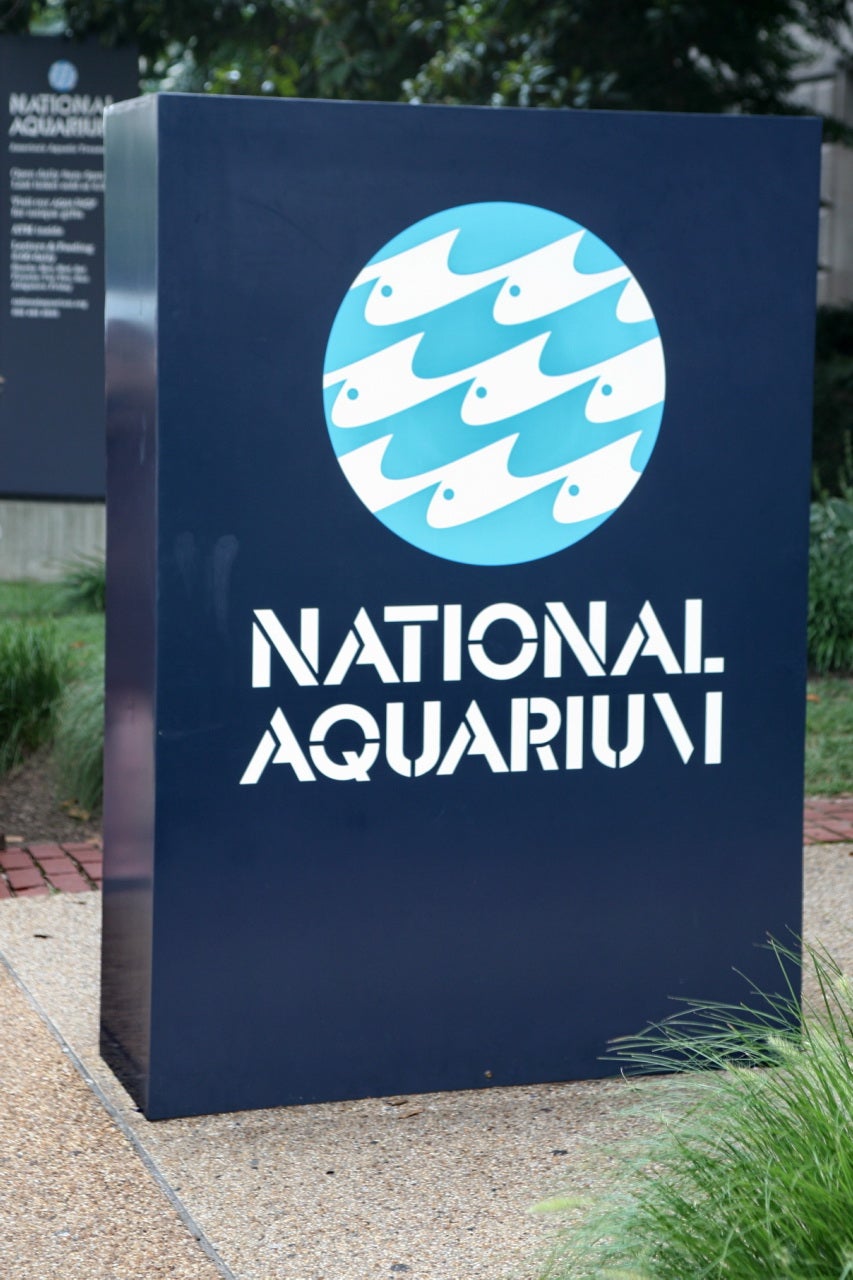
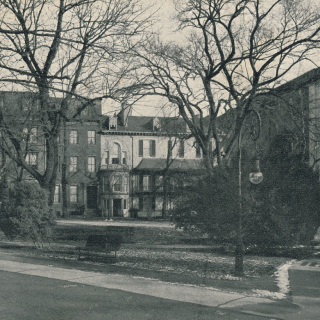
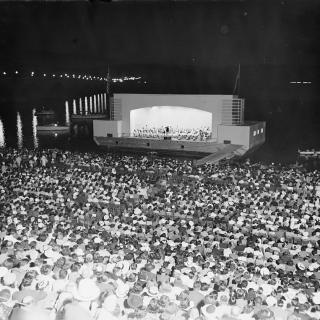
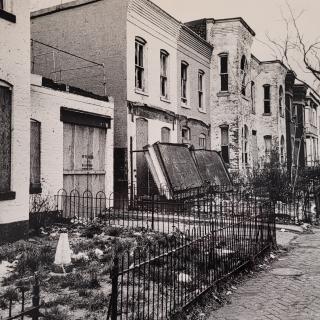
![Sketch of the mythical fuan by Pearson Scott Foresman. [Source: Wikipedia]](/sites/default/files/styles/crop_320x320/public/2023-10/Goatman_Wikipedia_Faun_2_%28PSF%29.png?h=64a074ff&itok=C9Qh-PE1)











